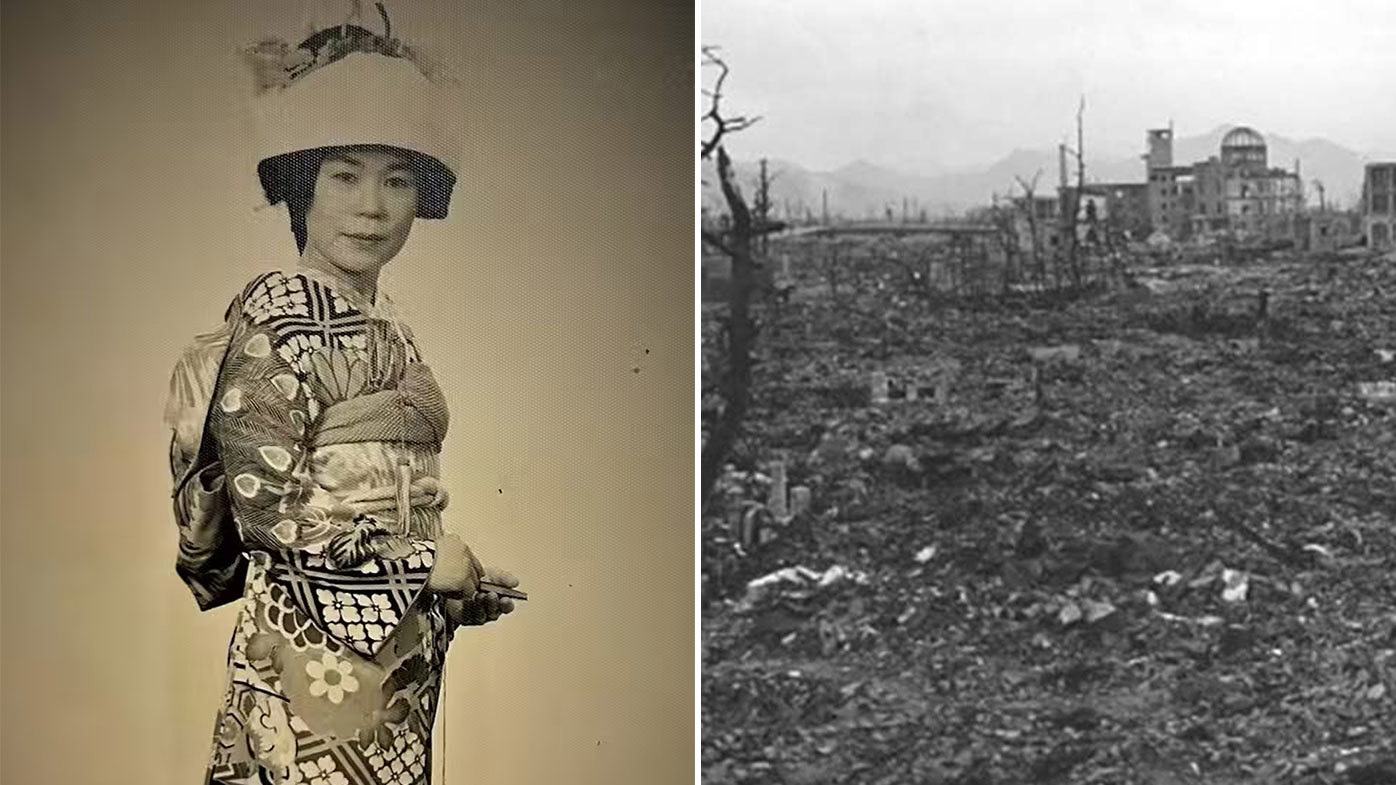
It was a sunny morning on August 6, 1945, when Tetsuko and her friend decided to take a train to go see a movie.
It was a sunny morning on August 6, 1945, when Tetsuko and her friend decided to take a train to go see a movie.
The 16-year-old and her friend from the Japanese city of Kure had just missed a train and had to wait more than an hour for the next one.
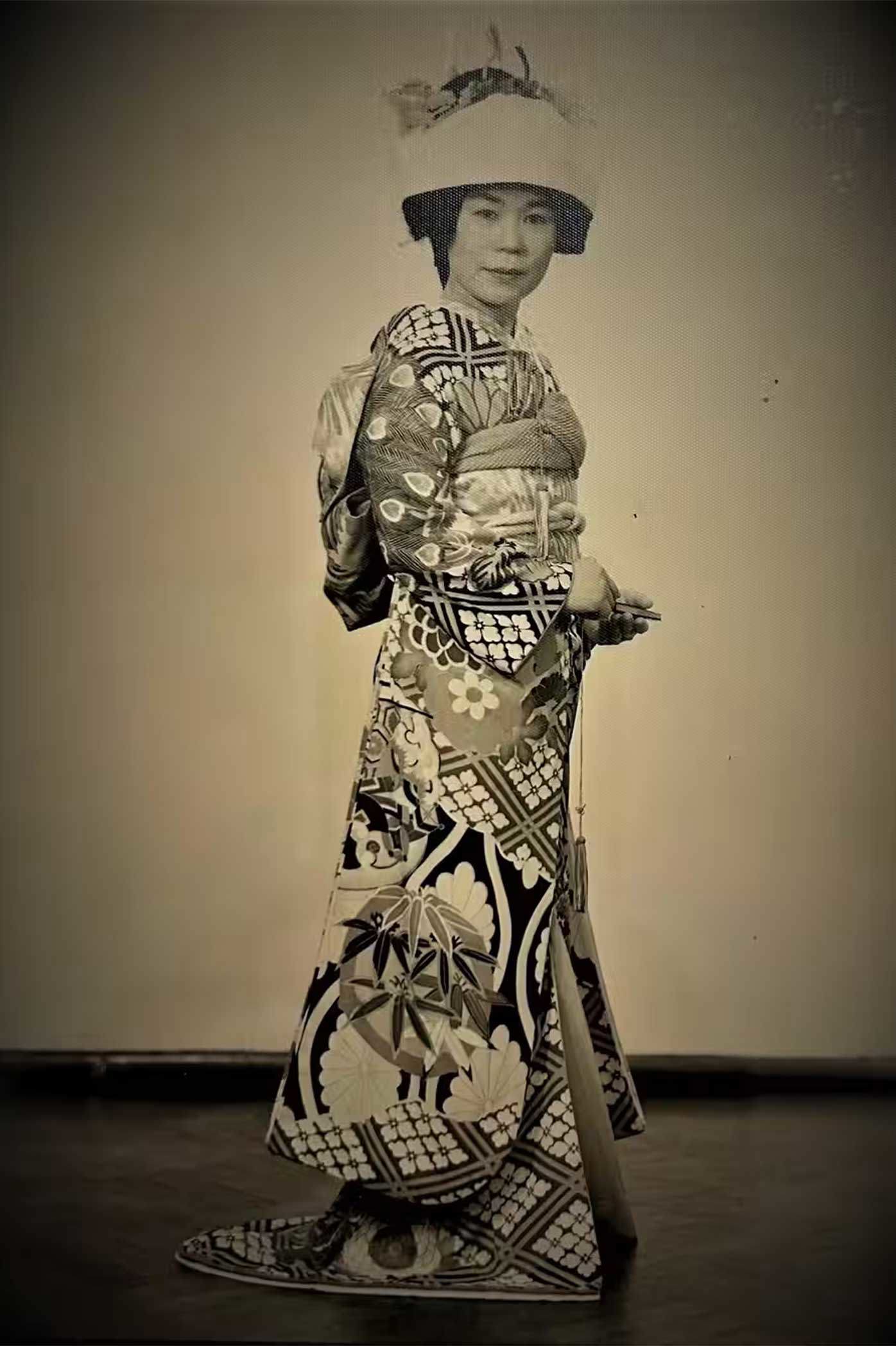
"We were mucking around on the platform, and there was a strong ray of light," she told 9news.com.au.
"I said to my friend 'Oh my gosh, what is it?'"
Tetsuko had no idea that their destination had been destroyed in an instant.
And if they had managed to catch the train they wanted, they would have been in the middle of Hiroshima when the atomic bomb hit.
She and her friend watched a giant white cloud emerging from behind the hills, "gradually getting bigger".
Still mystified, they got on the next train heading to Hiroshima.
But three stops away, the train was stopped and turned around.
At that point, nobody in Japan knew what had happened.
READ MORE: Big change coming to how Australians can get their passports
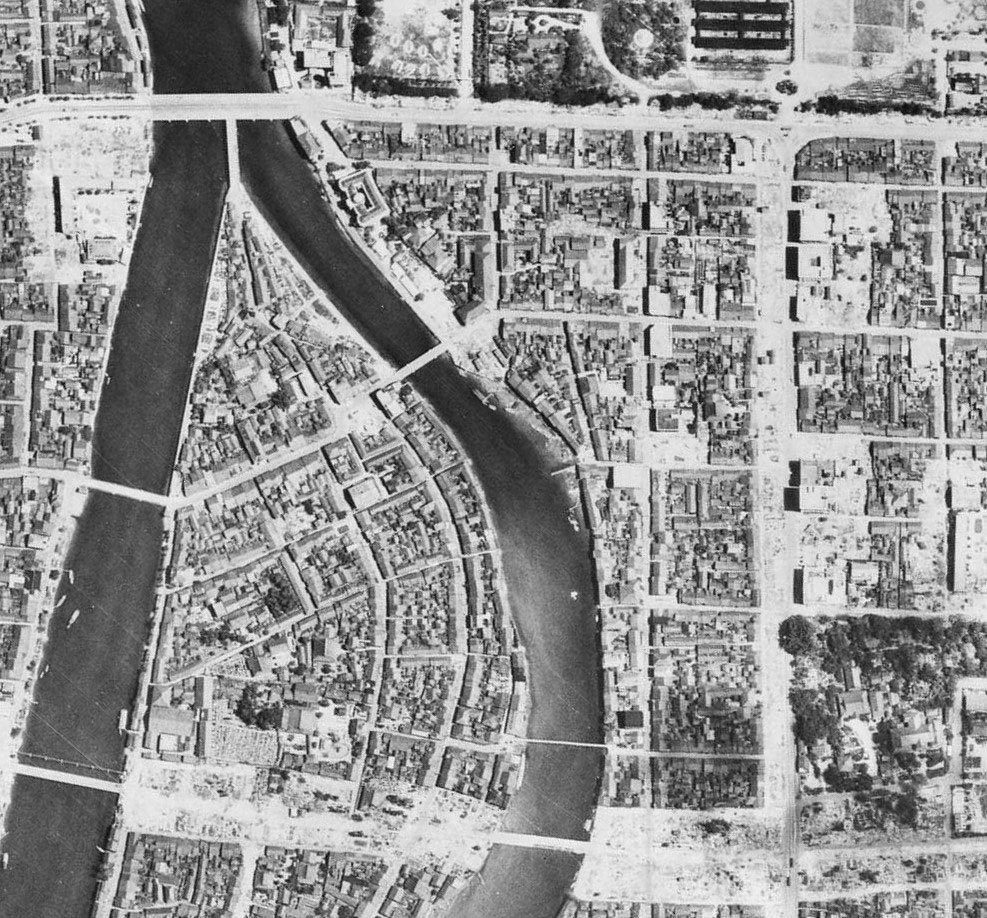
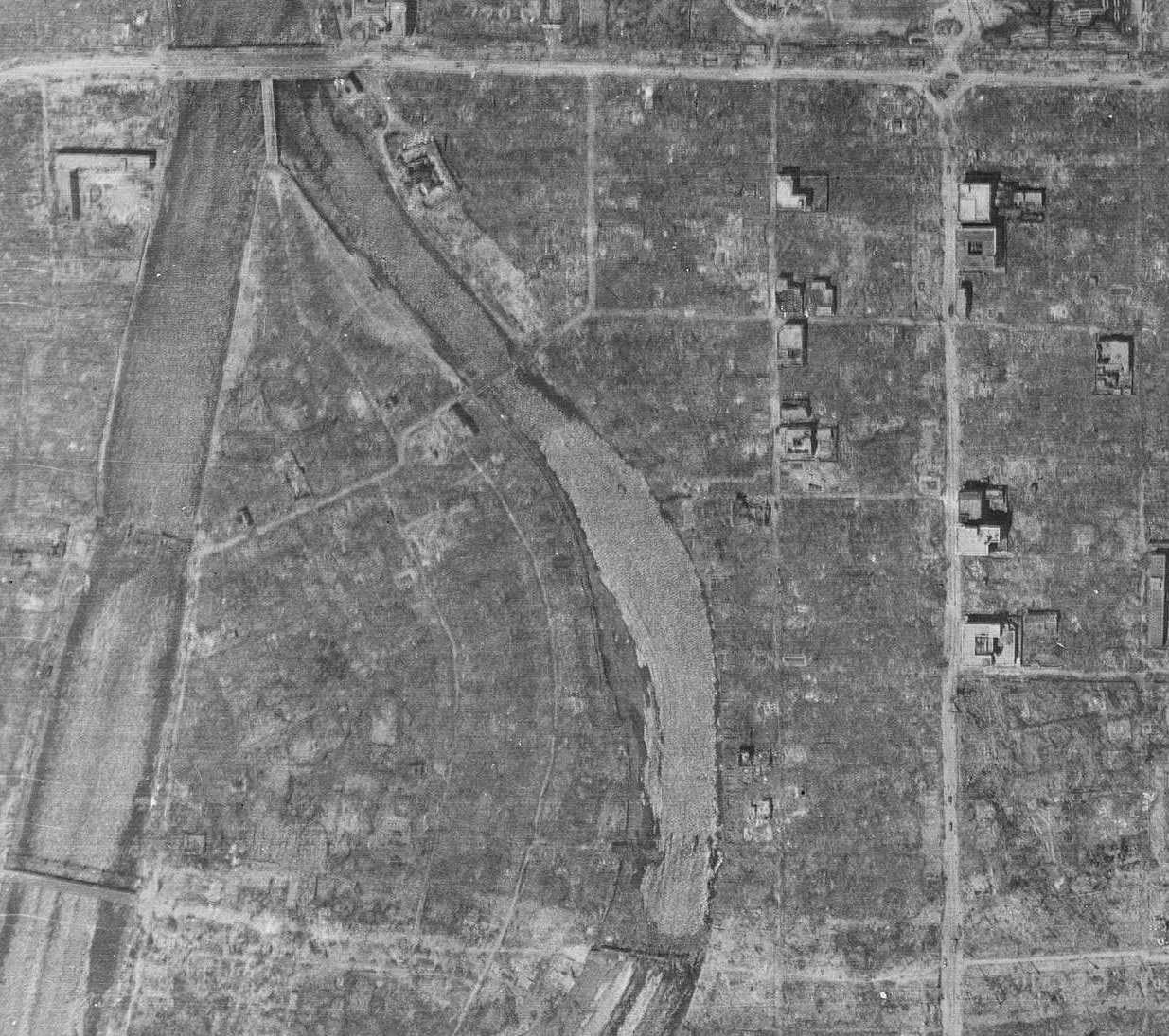
While many Japanese cities had been devastated by US bombings during World War II, there was nothing like this.
An estimated 140,000 people were killed in the bombing, and the city was effectively wiped off the map.
Tetsuko and her friend had to walk back to Kure on foot, until they were able to hitch a ride on a Navy ute.
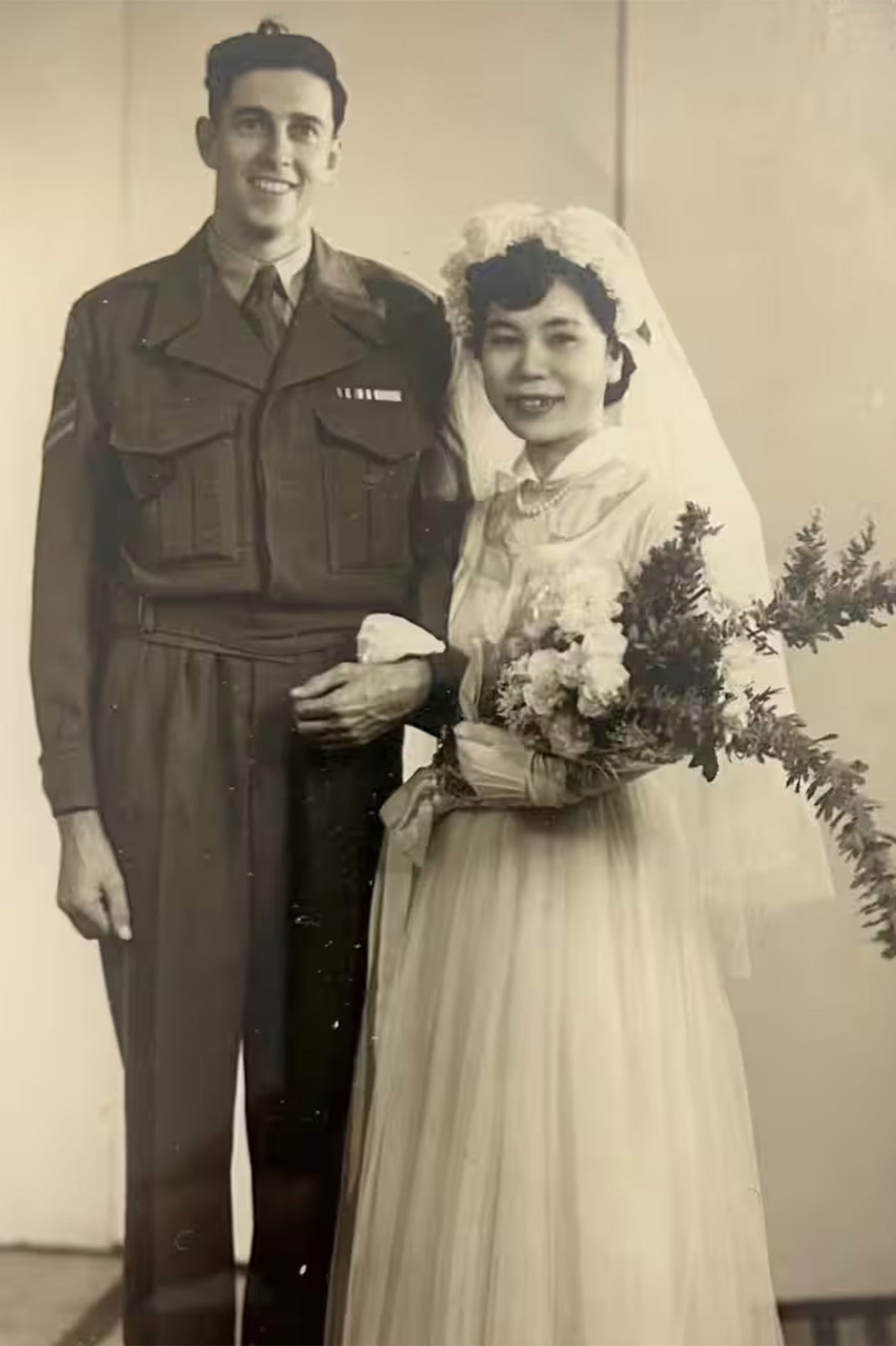
"My parents were really, really overjoyed to see me," she said.
"They thought I was gone."
After the war, Tetsuko got a job as a maid for Australian general Horace Robertson, who was head of the British Occupation Force in Japan.
It was there she met her future husband Ray McKenzie, an Australian corporal working for the general.
She and her husband moved to Australia in 1953.
With Australians struggling to pronounce Tetsuko, she quickly became known as Tess.
Eighty years on, the now 96-year-old lives in Melbourne.
READ MORE: British hiker hit with $25,000 bill after ignoring trail warning signs
 Trump floats industry-busting 100% tariff on computer chips
Trump floats industry-busting 100% tariff on computer chips
 Push to make $300 vaccine free for thousands of Australians
Push to make $300 vaccine free for thousands of Australians
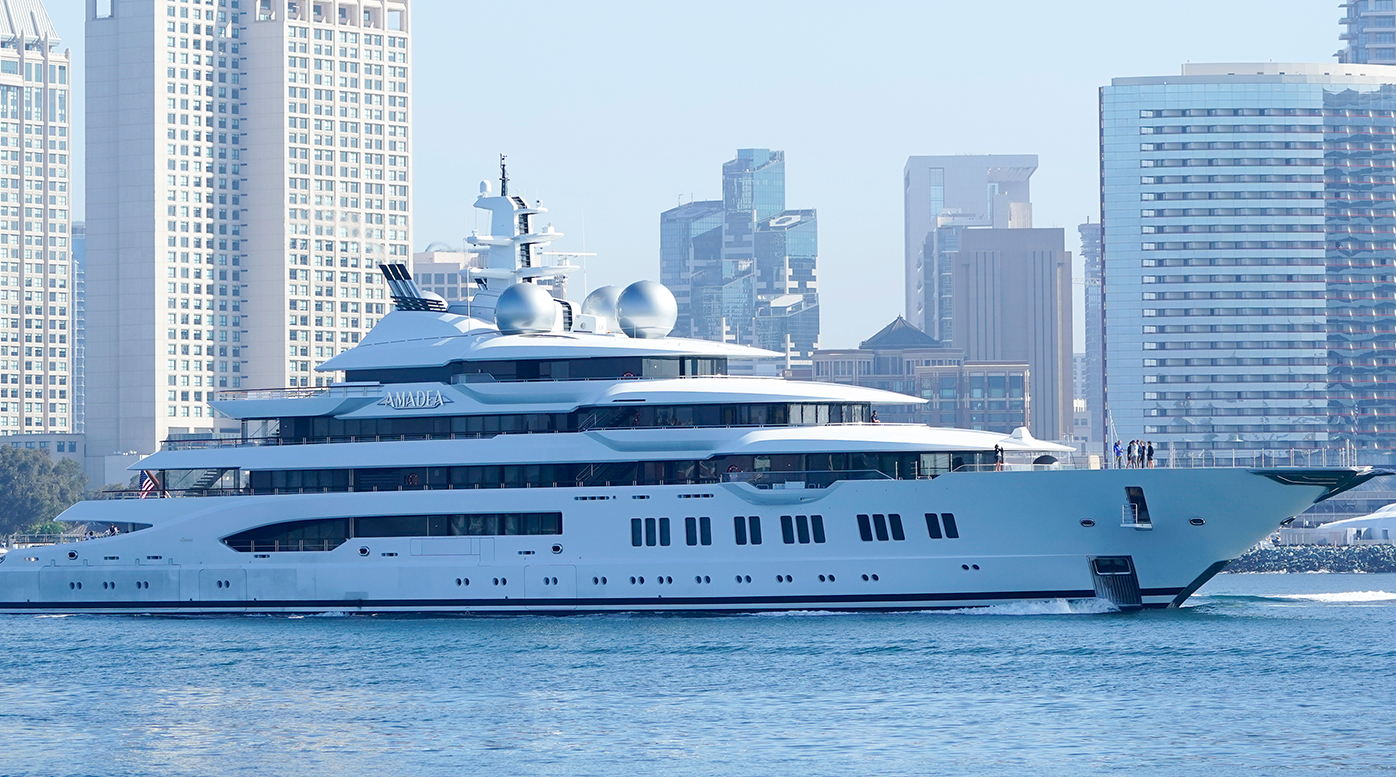 US is auctioning seized $500 million Russian yacht
US is auctioning seized $500 million Russian yacht
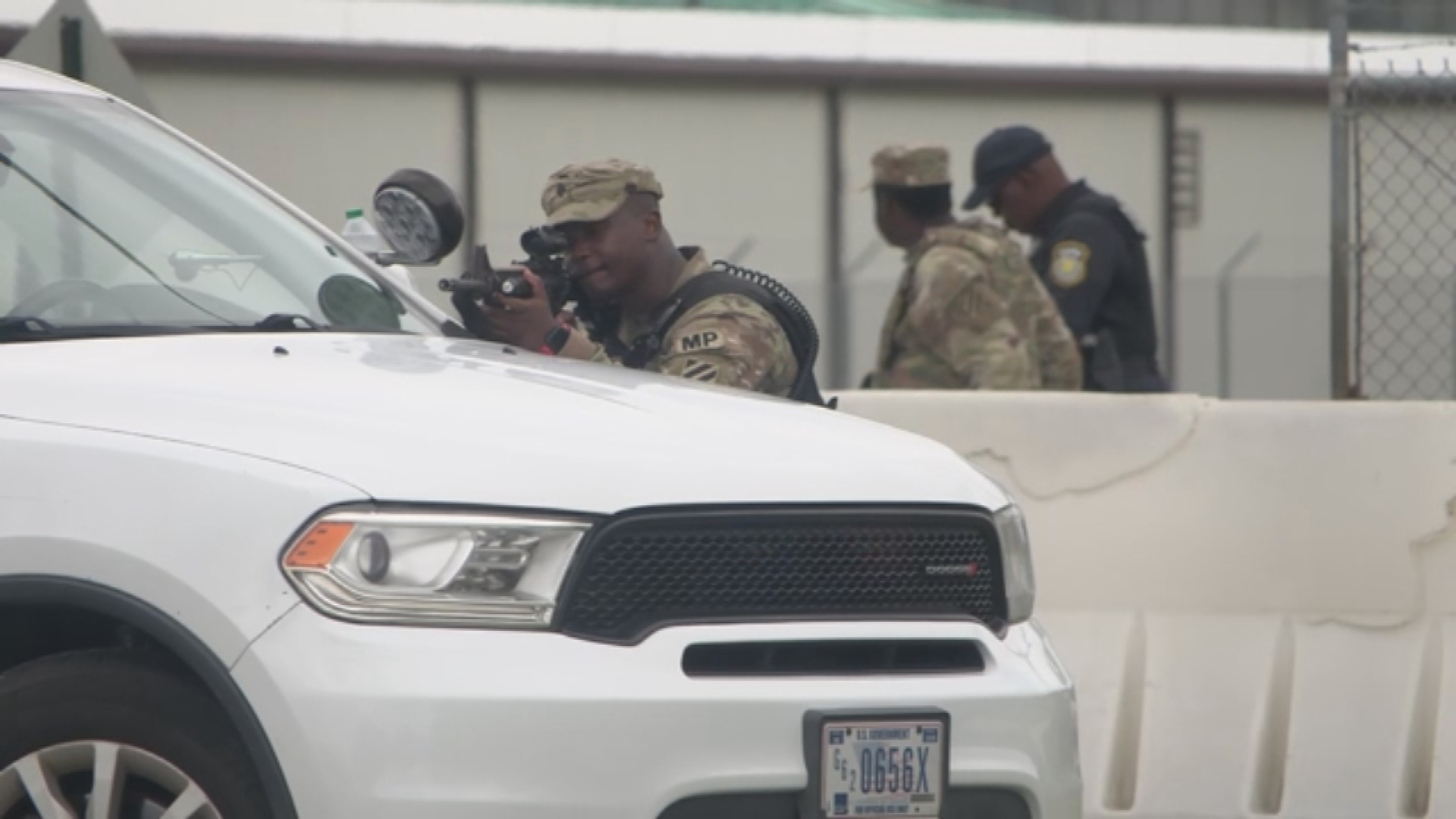 US Army sergeant shoots five fellow soldiers
US Army sergeant shoots five fellow soldiers
 Trump and Putin to come face-to-face in Ukraine war showdown
Trump and Putin to come face-to-face in Ukraine war showdown
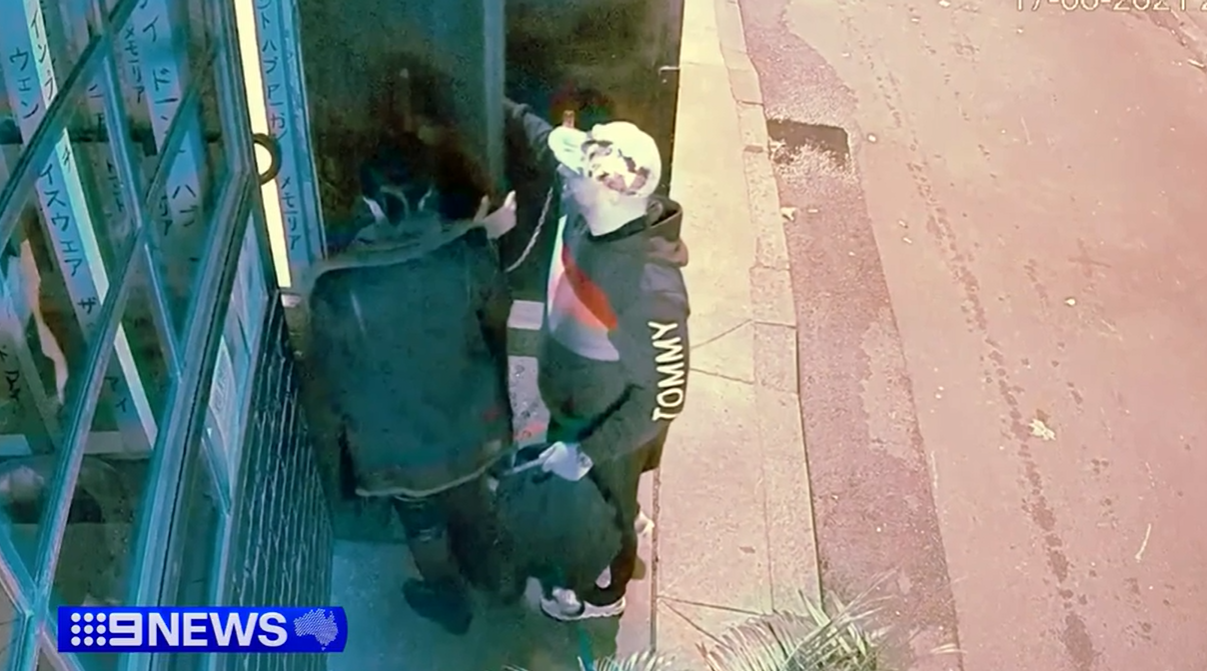 Sex worker recalls moment crime family boss gunned down
Sex worker recalls moment crime family boss gunned down
 Police seek man who allegedly exposed himself to children
Police seek man who allegedly exposed himself to children
 New study sheds light on ChatGPT's alarming interactions with teens
New study sheds light on ChatGPT's alarming interactions with teens
 $24b plan for world's longest suspension bridge to connect Sicily to Italy's mainland
$24b plan for world's longest suspension bridge to connect Sicily to Italy's mainland
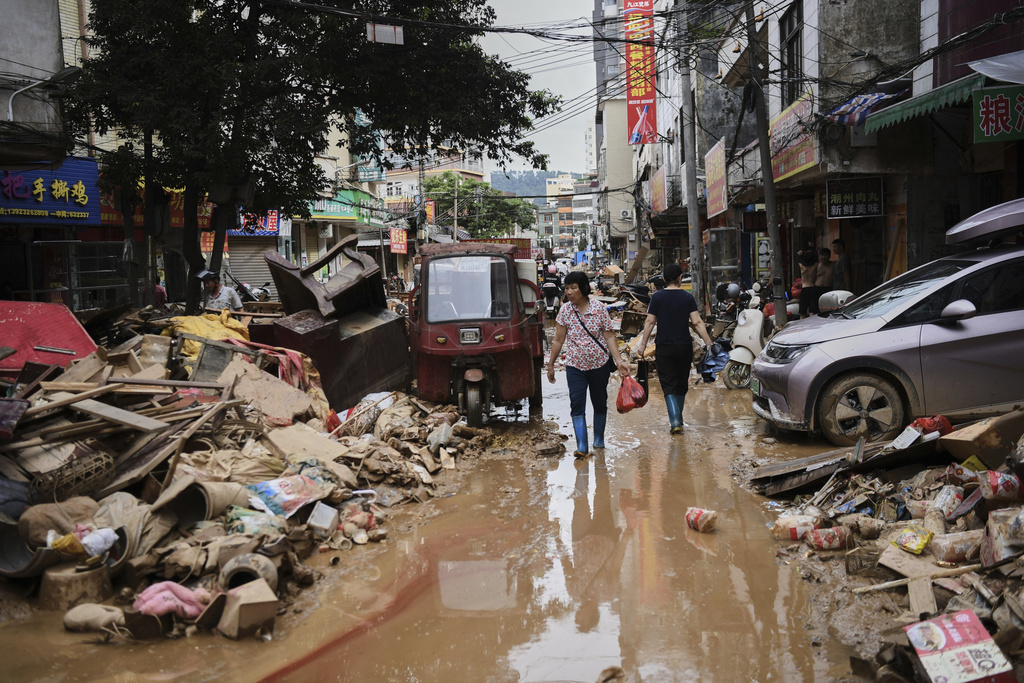 What you need to know about chikungunya, the virus now spreading in China
What you need to know about chikungunya, the virus now spreading in China
 For the first time, Trump hints at the next leader of MAGA
For the first time, Trump hints at the next leader of MAGA
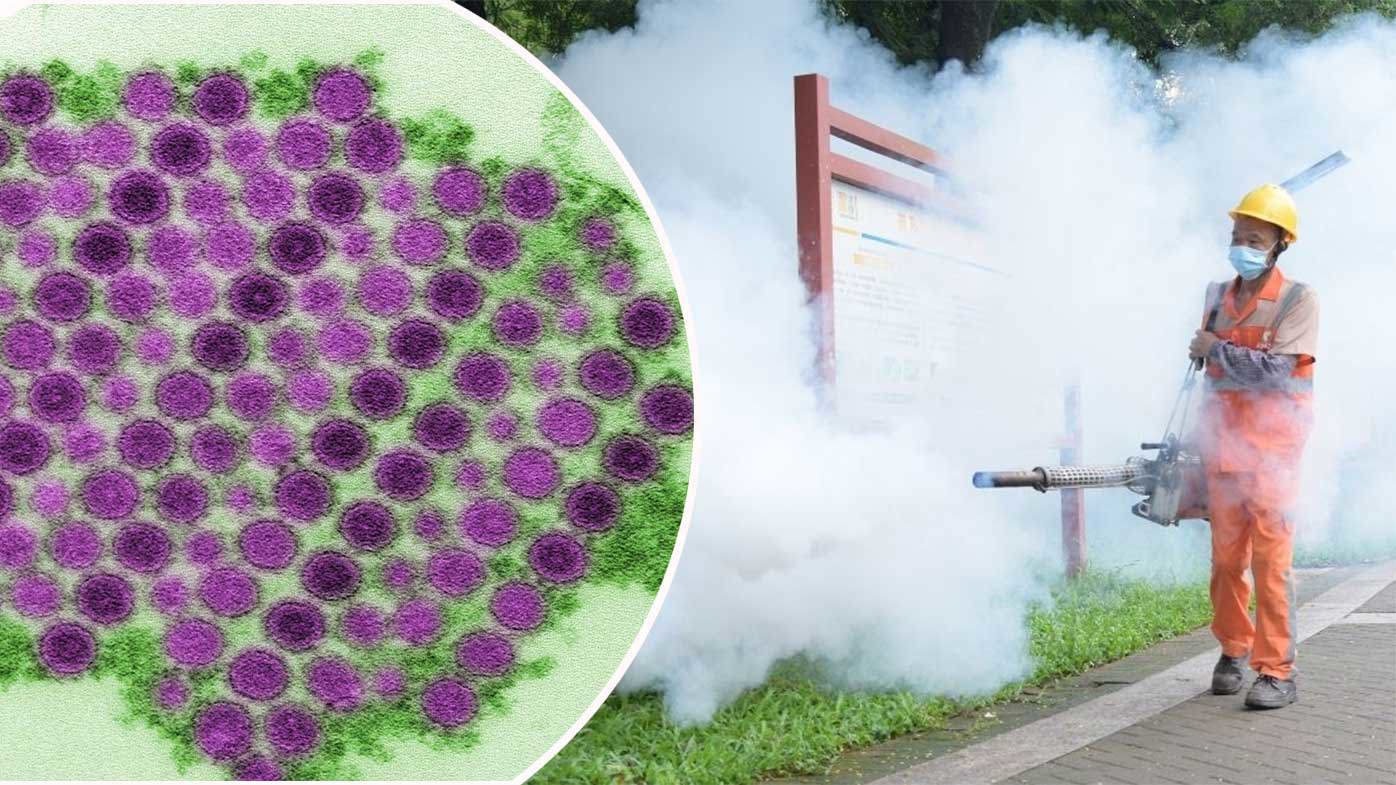 China brings in pandemic response after thousands get rare virus
China brings in pandemic response after thousands get rare virus
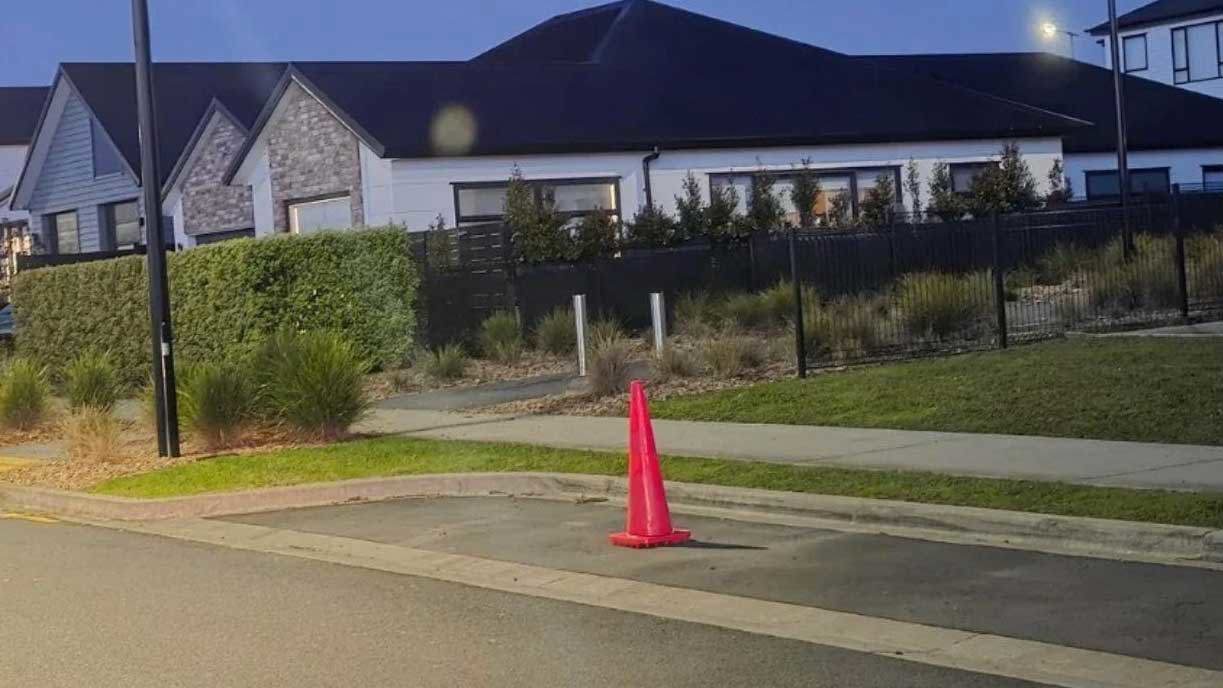 'Entitled behaviour': Family claims 'their' parking space with road cone
'Entitled behaviour': Family claims 'their' parking space with road cone
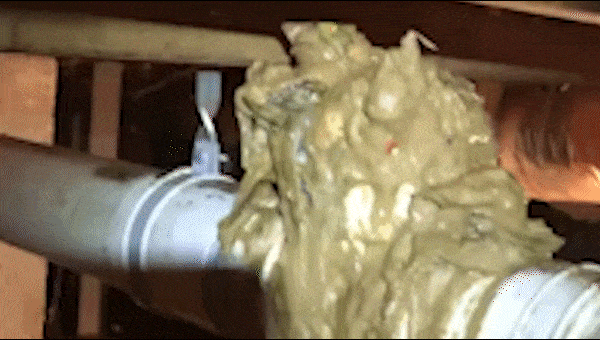 Horror footage reveals result of flushing household products down the toilet
Horror footage reveals result of flushing household products down the toilet
 Trump takes an unexpected walk on the White House roof
Trump takes an unexpected walk on the White House roof
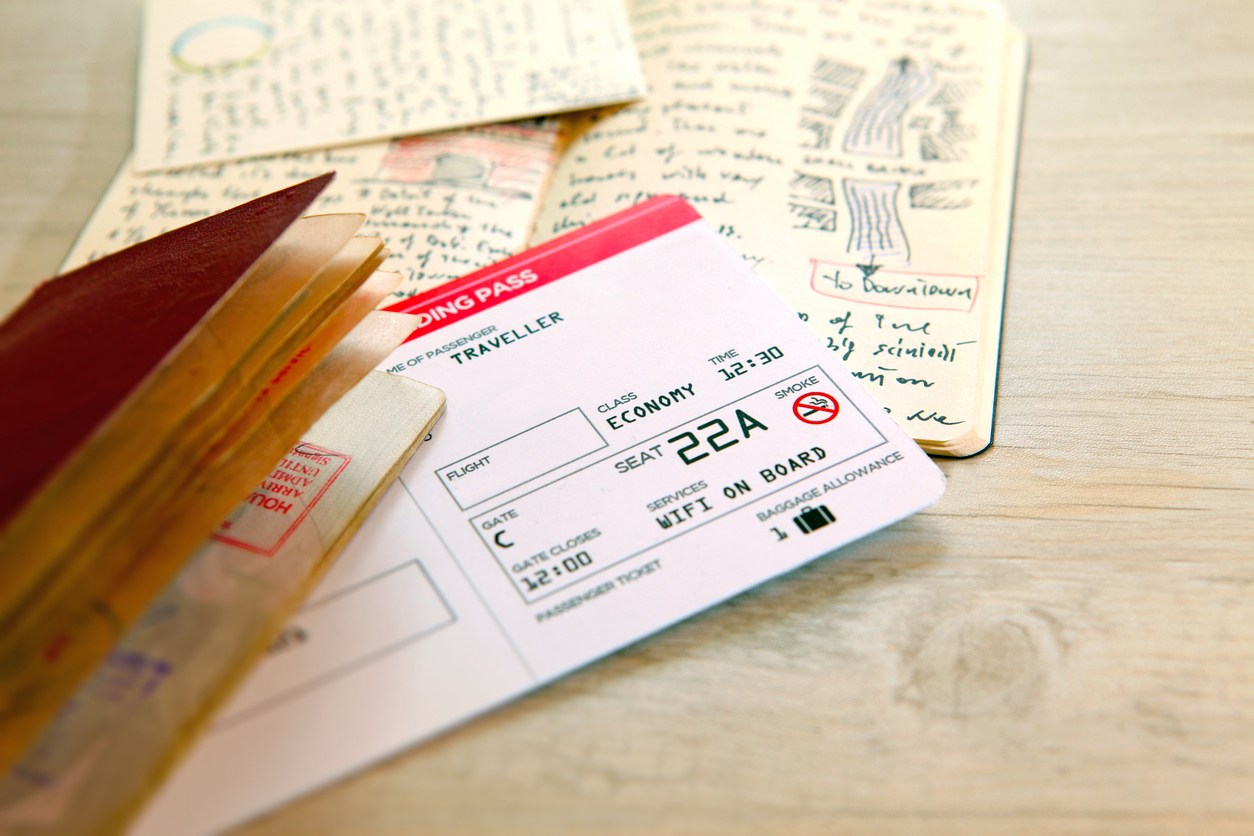 How digital move could speed up travel at Australia's biggest airport
How digital move could speed up travel at Australia's biggest airport






